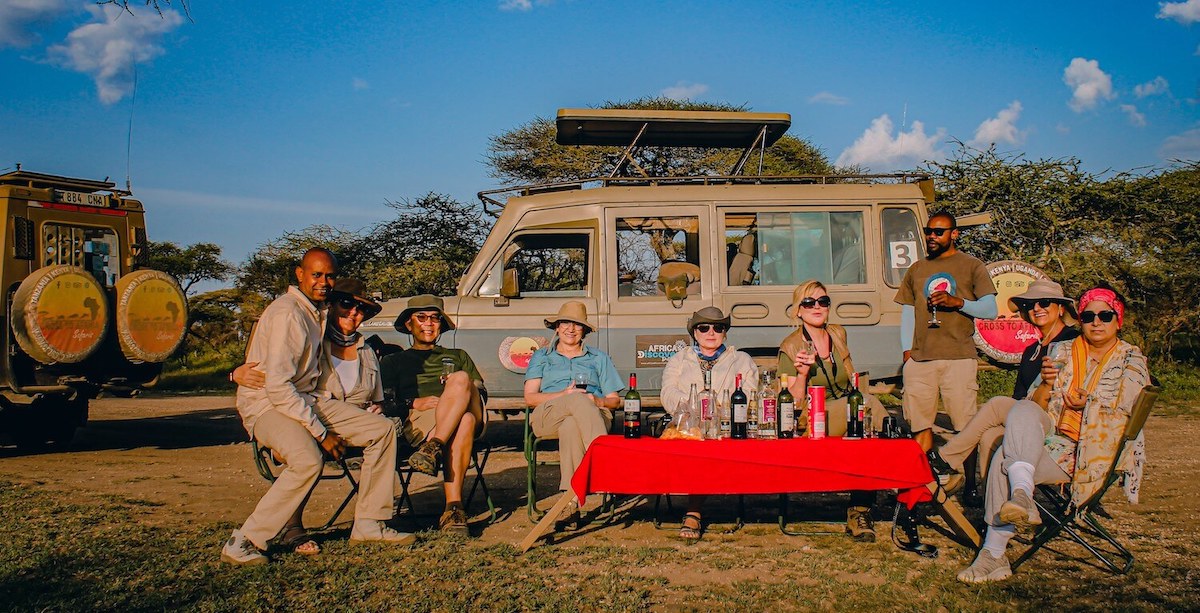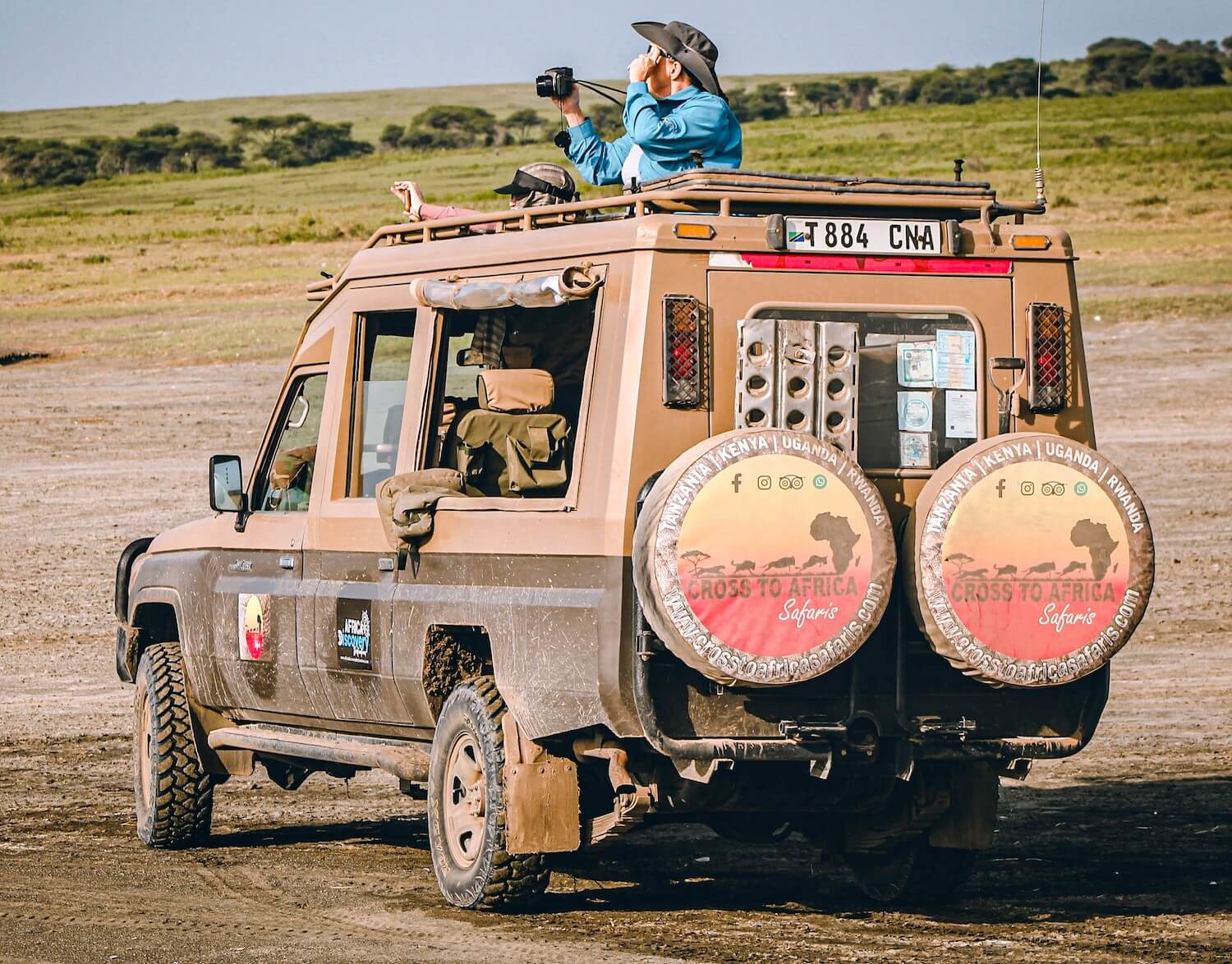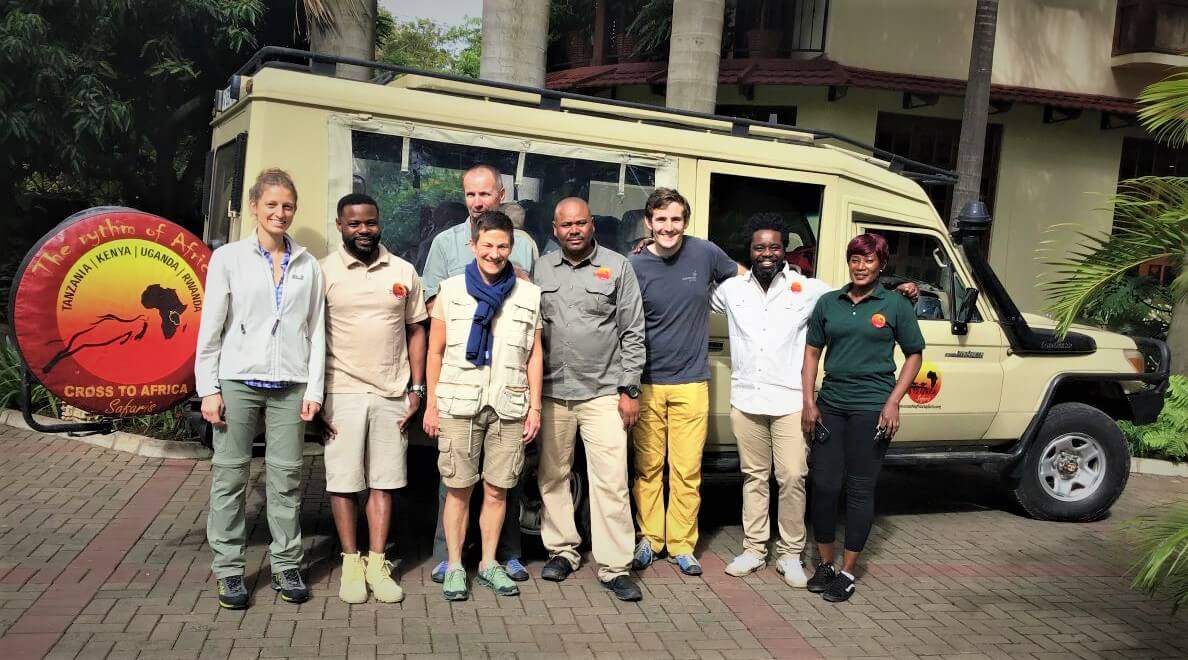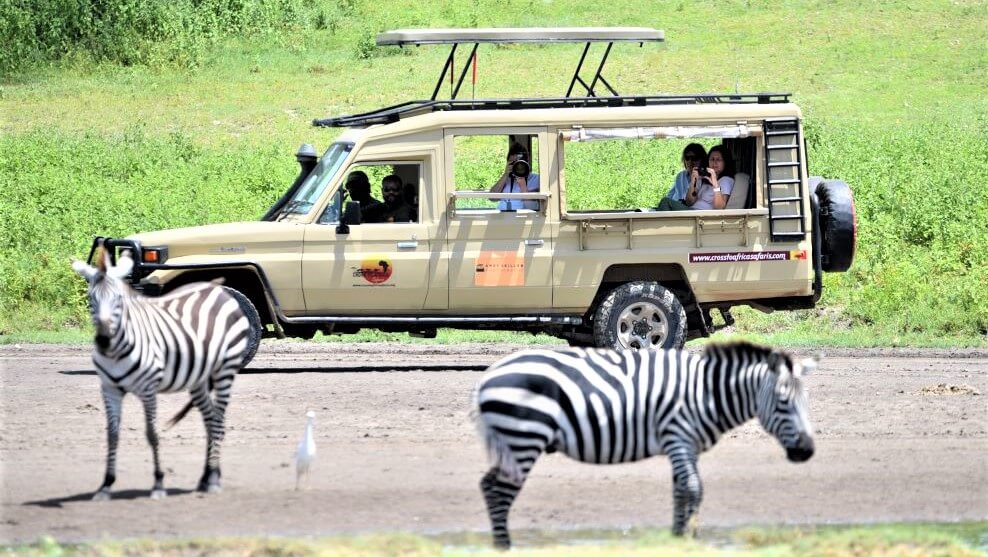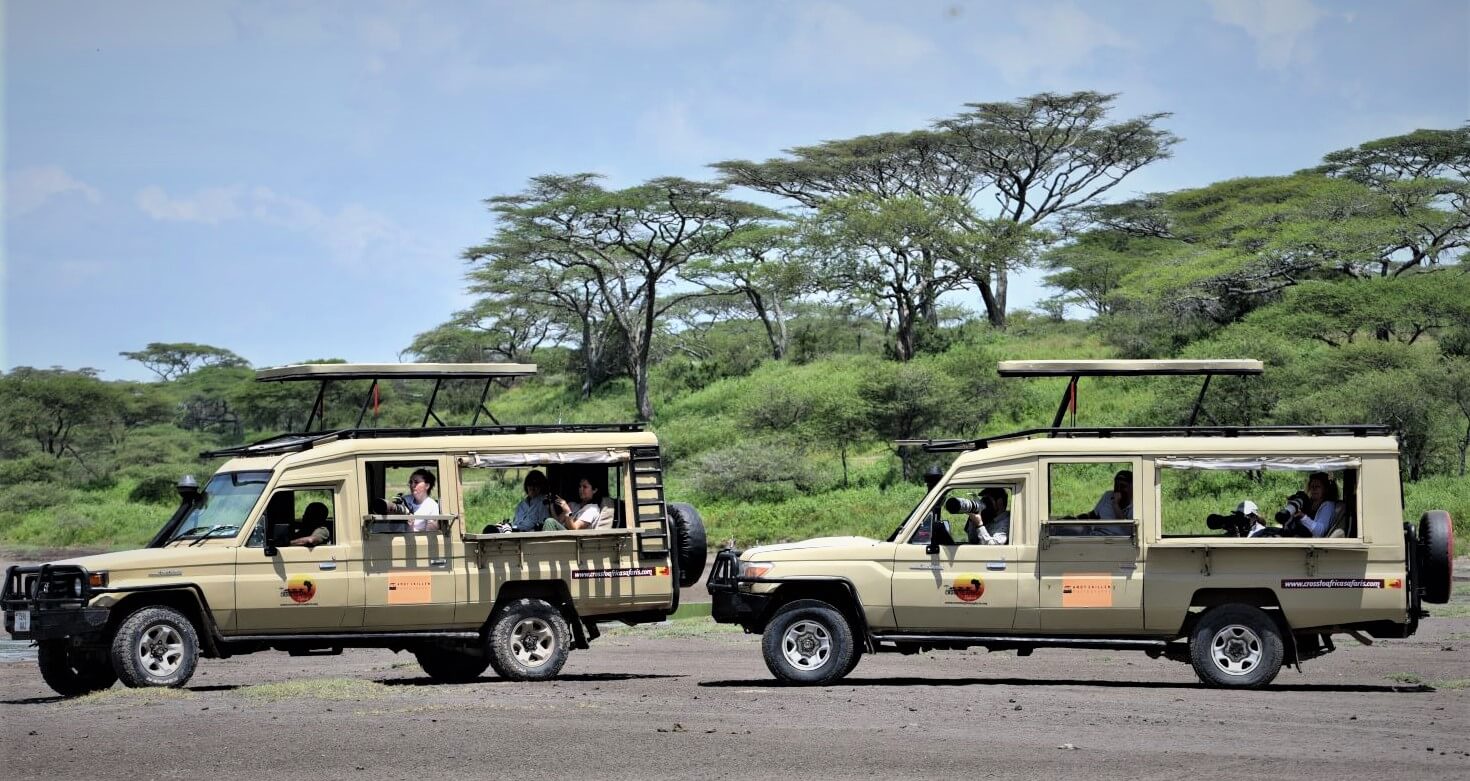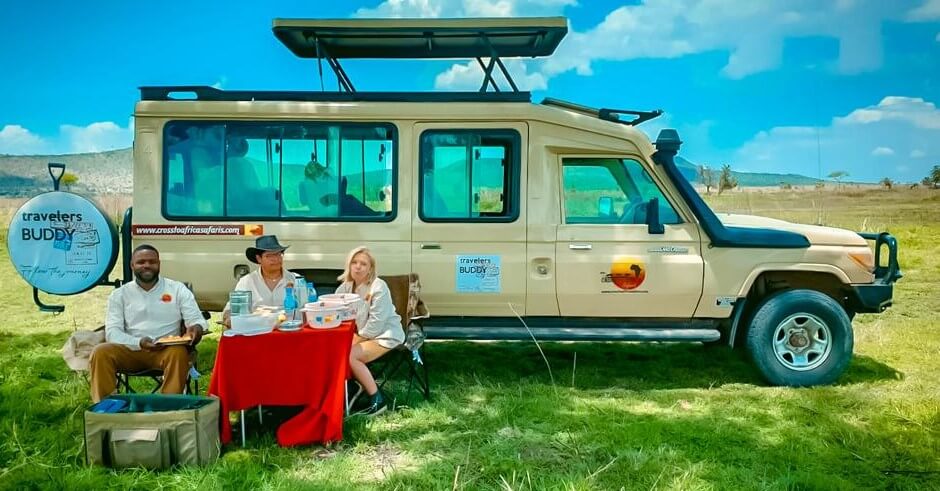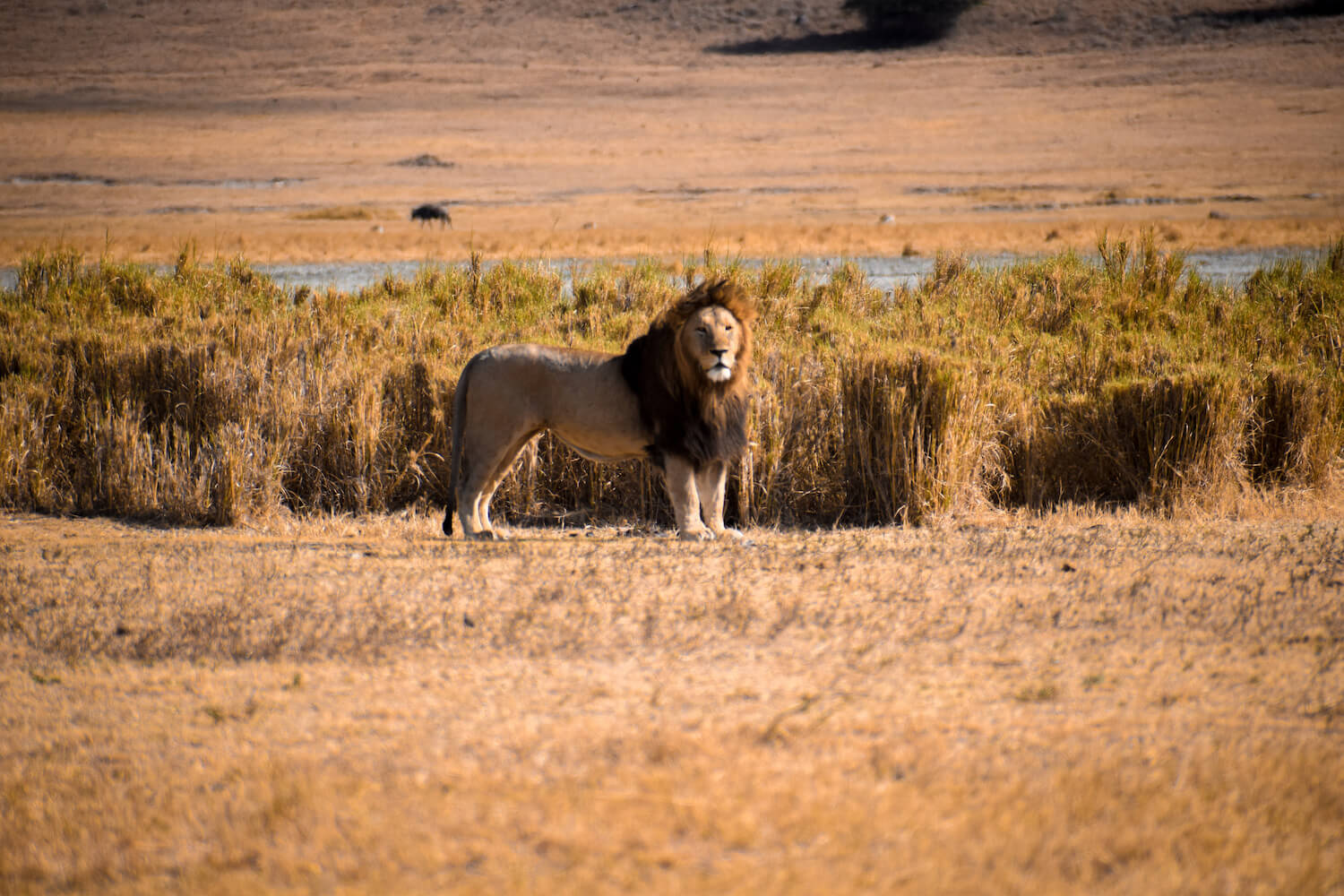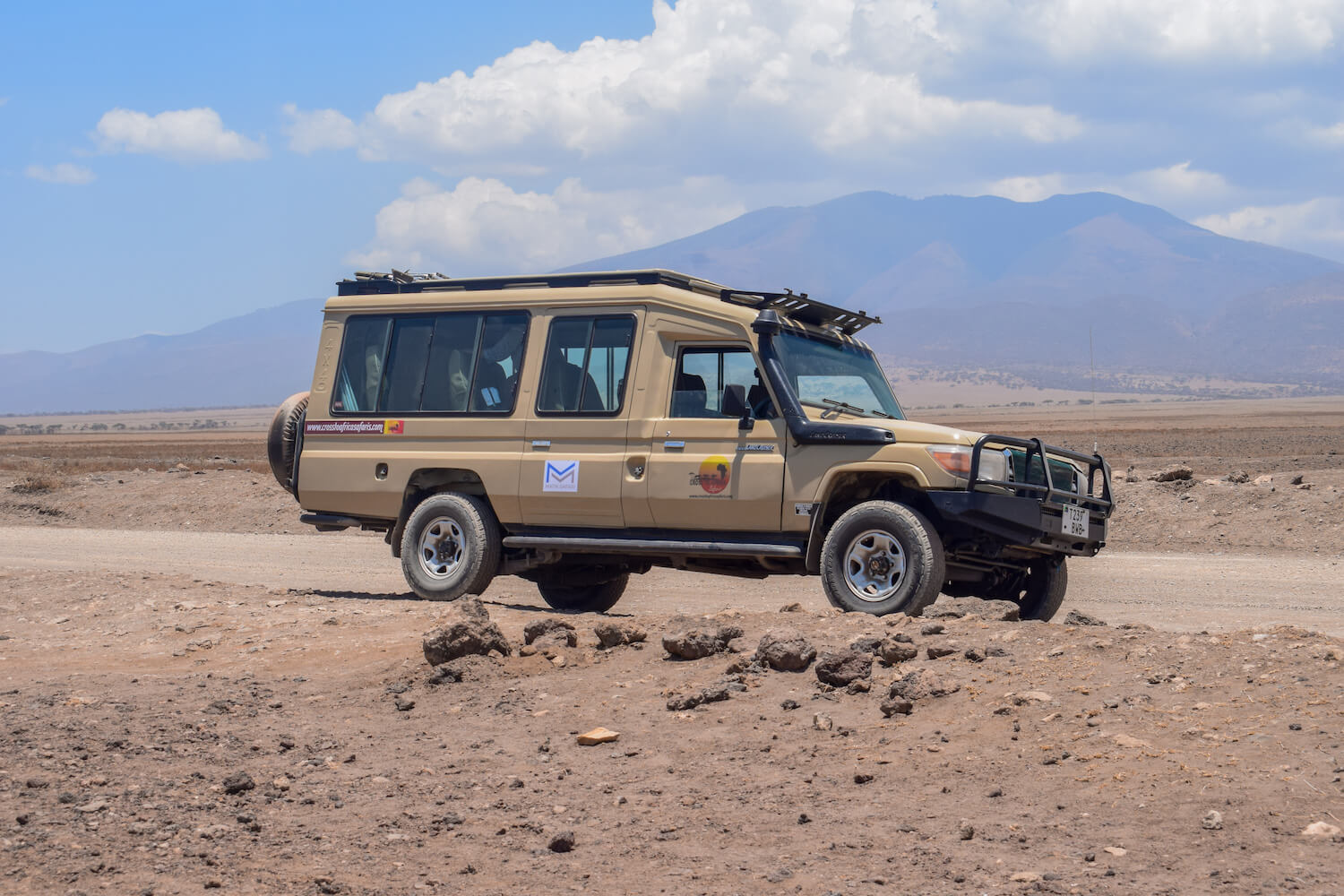Kenya
When to Go?
Kenya’s diverse geography means that temperatures, rainfall and humidity vary, with more humid conditions in the low-lying areas and cooler, more moderate climes on the Laikipia Plateau. Being on the equator, Laikipia’s temperatures do not vary much, making for a very pleasant experience all year round. The important element here is the rain, with two rainy seasons in Kenya: the ‘long rains’ that take place between March and May, and the ‘short rains’ that happen in November.
It is important to remember that while game viewing can never be guaranteed, there are some trends that can be seen when we combine our knowledge of seasons, habitats and water availability with animal distribution, their numbers, and thus where they can be found. The table below gives some insight into these trends. For more details, it is best to speak to your East Africa Safari Expert from Cross to Africa Safaris
Green Season – April To May; July To August; November
April and May see the end of the ‘long rains’ in Kenya, with November seeing the ‘short rains’. July and August are usually overcast and cool, and continental rains anywhere between June and October. These rains bring a clear air, lush surrounds and thus wonderful photographic opportunities. Streams here only flow after a good downpour. With less haze, views of the iconic Mount Kenya are good and make for outstanding backdrops to those photos.
When the rains begin, many small plant species burst into flower, covering the area in a multihued carpet, from white ‘tissue paper’ flowers to yellow daisy species, all followed by butterflies. During this time, herds of grazers like plains zebra, gazelles and their predators move onto Segera’s lush plains.
Dry Season – December To March; June; September To October
January and February are the hottest and driest times of the year; during this period therefore, wildlife tends to concentrate around the remaining water sources including the Ewaso Nyiro River and Segera’s various waterholes. Good sightings of predators and other wildlife of the Ewaso ecosystem (of which Segera is part) include its stable populations of elephant, iconic Grevy’s zebra, reticulated giraffe, and the endangered patas monkey, all common sights year round.
The haze over the land means that long-range views of Mount Kenya are not as good as in the green season. However, September and October being warm and dry, means it is most comfortable for wildlife viewing.
Kenya Wildlife Safaris & Tours Kenya Packages
Kenya
Kenya is one of the most beautiful countries in the world. The country has it all, from white sandy beaches, wildlife, desert to a lush greenly vegetations. No matter your taste, you will find your desired destination within the borders of this lovely nation.

